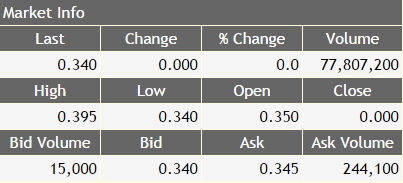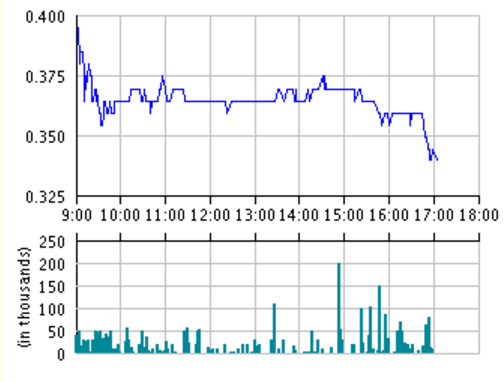Even though I have only started investing in May this year, I realized that I have made many amateur mistakes. Despite reading up so much from other financial bloggers, I thought to myself, I would never make such mistakes. I still failed to avoid making such mistakes.
It may not be mistakes yet, but it is definitely a bad habit for a investor.
I shall share with you guys some mistakes that I have made as a novice investor.
Not researching enough
When I first read up about Maybank KE’s Monthly investment plan (MIP), I was stoked! 1% commission for contract value less than $1000! WA I can invest in blue chips companies some more, confirm better than POSB Invest Savers!
I went on to create my Maybank KE account and proceed to enrol in the MIP. It was after the 2nd month that I realised that although it is indeed 1% commission charged when purchasing the shares. BUT, when you want to sell it off, there is a $18.00 minimum commission.
Lesson learnt. I have stopped my MIP with them, since I have my SCB account with no minimum charges.

Chasing the market
Thinking that the market is recovering, I continue to buy more shares at a higher price, fearing that I may not capitalize and ride with the wave. Now, when the market is down, I am left with limited funds. And with limited funds, I am only left with the option of averaging down and missed out the opportunity of holding other companies that I am targeting.
In this case, I realized that I have unknowingly forced myself to pump more money that I would like to into the market, just to average down my cost.
Lesson learnt. Now I am sticking to this strategy whereby I will only buy more if it is below my entry price. For new counters, I will need to do more of point 1, which is to research more before committing.
Being too affected by short term market trends
As a long term investor, there is no need to keep monitoring the market. However, I kept checking my phone to check on my watchlist and portfolio market value. I really need to stop doing that. Any one out there have a good advice? Other than deleting the app all together? HAH!
On a positive note, at least I realized my mistakes and made these mistakes when I am still fairly new to the scene.


